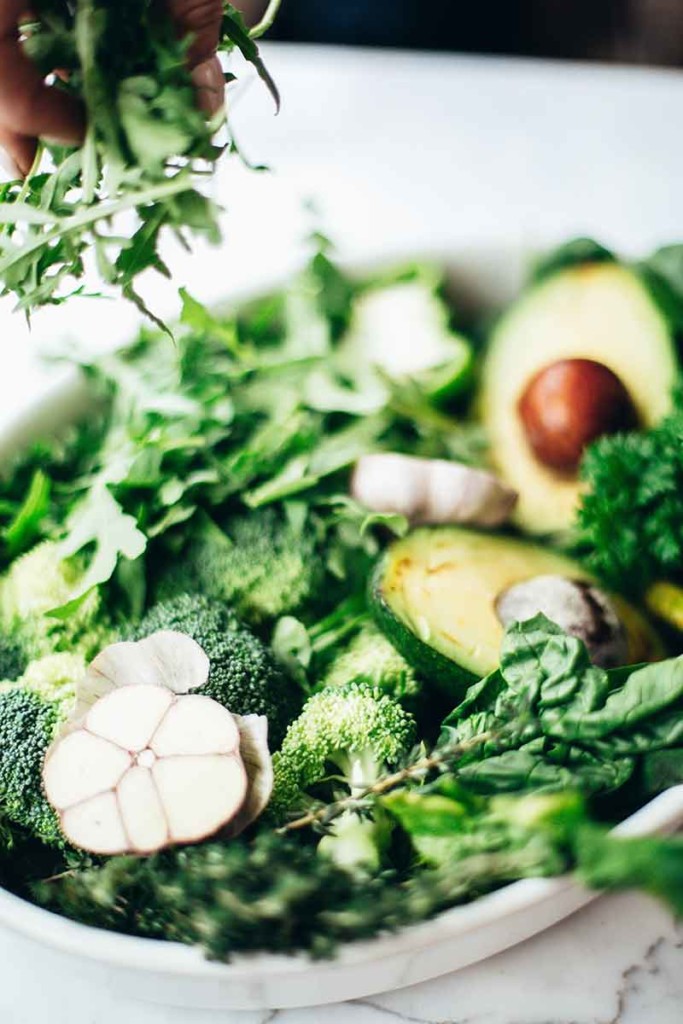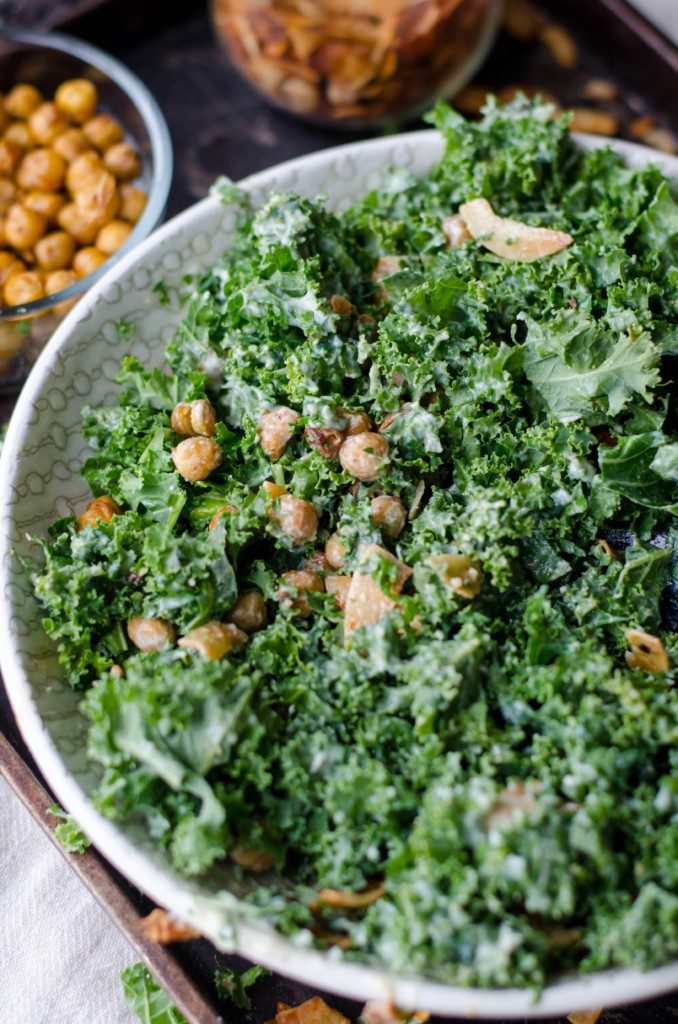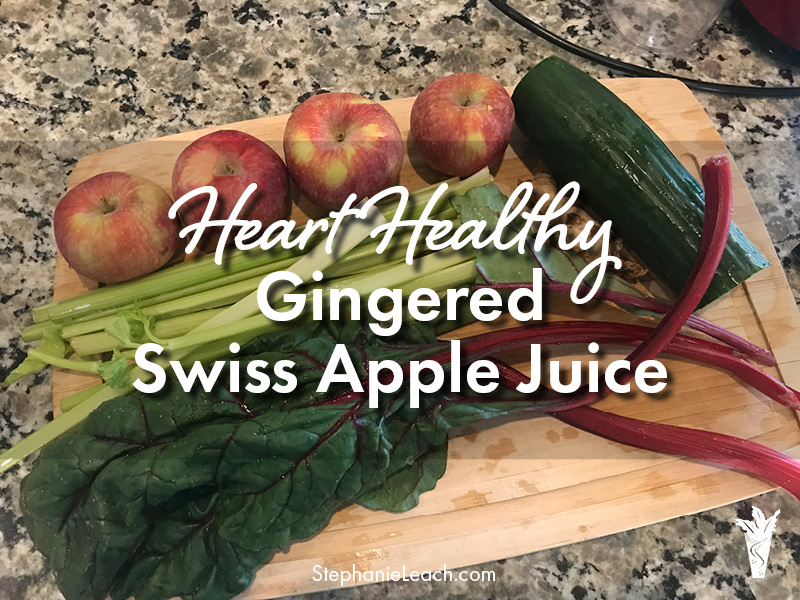You probably know that it’s important to include leafy greens in your diet. Raw vegetables, including those dark leafy greens, are associated with reduced risk of cancer, type 2 diabetes and cardiovascular disease.
Yet only about 1 in 5 Americans are eating a daily salad. Most people are totally missing out on the benefits of dark leafy greens – a food group that should be central in their diet for maximum health benefits.
Here are 6 facts about leafy greens to fuel your desire to chow down on (or juice!) some delicious leafy greens today.
Some of them may surprise you!

Greens are Packed with Protein!
Most of the calories in leafy greens comes from protein packed with beneficial phytochemicals. For instance, one cup of chopped kale is only 33 calories but delivers nearly 3 grams of protein!
Plant-based protein provides anti-inflammatory, antioxidant, cancer-fighting benefits that you can’t get from animal protein.
Leafy Greens for Healthy Vision
When it comes to healthy vision, we often think of carrots. But leafy greens are also rich in carotenoids, specifically lutein and zeaxanthin, which are known to promote healthy vision.
Kale has the highest lutein content of all vegetables. In a study of African-American women, consuming just ½ cup a week of kale or collards reduced their risk of glaucoma.1
Cruciferous Greens Fight Cancer
Kale, mustard greens, collard greens and turnip greens belong to the cruciferous family of vegetables, which include bok choy, broccoli and Brussels sprouts. Cruciferous veggies contain glucosinolates. When we break down the cell walls of these plants by chewing, blending or juicing, a chemical reaction occurs and glucosinolates are converted to isothiocyanates (ITCs.) ITCs are compounds with a variety of potent anti-cancer effects.

Leafy Greens are Nutrient Dense
Leafy greens are the MOST nutrient dense foods we can eat! Yes, more nutrient dense than berries. Greens are a rich source of vitamins like A and E, B2 and B6, (water soluble, so eat them raw or juice,) folate (also water soluble.) Leafy greens also supply needed minerals like iron, calcium, potassium, manganese and copper.
Leafy Greens Increase Satiety
When we think of increasing the satiety of a meal, we often think about starches like potatoes or legumes. But chlorophyll in leafy greens provides thylakoid-rich extracts that “delay stomach emptying, decrease levels of hunger-related hormones like ghrelin, and increase levels of satiety-related hormones like glucagon-like peptide 1 (GLP-1).”2
So eating a large salad is more than just low-calorie nourishment. Those leafy greens support weight loss by signaling satiety.
Leafy Greens for Cardiovascular Health
Kale, spinach, swiss chard, arugula, beet greens (and beets) promote the formation of nitric oxide – a powerful vasodilator. Nitric oxide protects our endothelial cells from oxidative inflammation and heart attacks.
Dr. Caldwell Esselstyn, surgeon and author of Prevent and Reverse Heart Disease recommends that those looking to stop and reverse advanced heart disease consume 6 fist-sized servings of cooked greens a day, sprinkled with a little vinegar.
NOTE: Those on the blood thinner Coumadin (Warfarin) should consult with their doctor to have their medication adjusted to compensate for the benefits of leafy greens.
“Coumadin (Warfarin) is an anti-clotting drug shown to have significant benefit in protecting people with atrial fibrillation from having a stroke. Can patients on Coumadin eat all the green leafy vegetables with vitamin K, which may shorten their clotting time? The answer most emphatically is YES! Inform the physician who is monitoring the Coumadin and clotting time that you are regularly going to be eating copious amounts of healthy green leafy vegetables. He/she will appropriately adjust the Coumadin dose.” – Dr. Caldwell Esselstyn
Are You Eating Enough Leafy Greens?
The George Mateljan Foundation for the World’s Healthiest Foods recommends 8 servings of green vegetables a day. This can include both leafy greens and other green vegetables like those in the cruciferous family (broccoli, Brussels sprouts, bok choy,) leguminous group (green peas, green beans,) and squash group (zucchini, cucumber.)
Dr. Joel Fuhrman, author of Eat to Live, recommends making a BIG salad of leafy greens and vegetables the main meal at lunch and dinner. Add to this some starchy veg like root vegetables, legumes and whole grains for added calories, nutrition and satiety.
Another way to increase your leafy greens intake is to enjoy a fresh green juice each day. Rotate your greens, mixing up the cruciferous and non-cruciferous greens in your blends. (One day make a cucumber, celery, kale, apple, lemon juice, and the next day swap out the kale for spinach or romaine, etc.)
Greens are the foundation of a healthy diet. Get those greens in however you can!
Is it time to double down on your leafy greens intake? Share your strategy in the comments below.
- Giaconi JA, Yu F, Stone KL, et al. The Association of Consumption of Fruits/Vegetables With Decreased Risk of Glaucoma Among Older African-American Women in the Study of Osteoporotic Fractures. American Journal of Ophthalmology, Volume 154, Issue 4, October 2012, pages 635-644
- http://www.whfoods.com/genpage.php?tname=foodspice&dbid=43










Leave A Comment